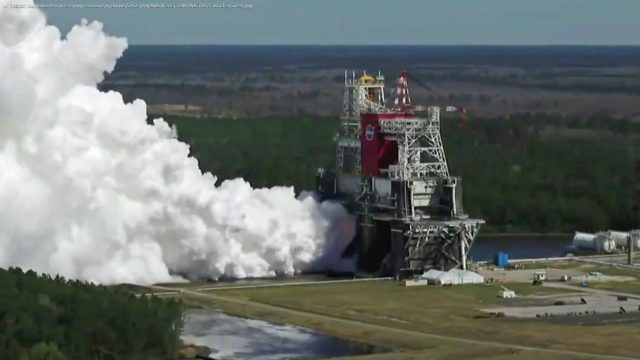The National Aeronautics and Space Administration (NASA) awarded a $3 billion contract to SpaceX yesterday. Here’s why it happened.
The National Aeronautics and Space Administration (NASA) awarded a $2.9 billion contract to Space Exploration Technologies Corp. (SpaceX) yesterday for the second phase of the agency’s plan to develop a lunar lander. This lander will form the backbone of NASA’s Artemis program, which seeks to return humans to the Moon, and SpaceX bid its Starship spacecraft for the proposal. Following the award, NASA shared its Source Selection Statement highlighting the rationale behind its decision. NASA’s associate administrator human exploration and operations mission directorate (HEOMD), Ms. Kathryn Leuders evaluated the award proposals for HLS. In the statement, she has highlighted the reasons behind the decision to move forward with SpaceX for the second stage of the contract, which requires the company to demonstrate crewed and uncrewed landings on the lunar South Pole. SpaceX To Use Solar Powered Moon Lander For NASA’s Historic Missions NASA evaluated the second-phase proposals submitted for the Human Landing System (HLS), the agency’s official name for the lunar lander, by SpaceX, Blue Origin and Dynetics according to three criteria. These considered their design, price and management merits, and the big reveal in the selection statement is SpaceX being able to secure an ‘Outstanding’ rating for its management capability. In the previous evaluation for the first-phase proposals NASA had deemed this capability as being merely ‘Acceptable.’ However, in a surprising turn of events that catapulted SpaceX right at the top of the Management food chain, the company received the highest rating for this factor in the selection statement approved by Ms. Leuders yesterday. The primary factors behind NASA’s rating upgrade took into account SpaceX’s success with its missions to the International Space Station (ISS), its decision to allow full NASA insight into Starship development and the choice to fund the bulk of Starship development costs. Specifically, SpaceX’s plan to » replicate and utilize management processes, toolsets, and software that have been effectively employed on other, similar programs » will allow NASA to accurately track HLS development progress. Problems with the agency being able to track development have caused problems with its Space Launch System (SLS) program, and SpaceX leveraged its operational culture to convince NASA for a rating upgrade. Similarly, SpaceX has also agreed to let NASA monitor the development of the Starship program as a whole. While the Starship lunar lander will use the platform’s upper stage, certain design features such as aerodynamic surfaces (wings), engines, solar panels and landing legs will differ between the two. Importantly, the lunar lander will use Starship’s first stage Super Heavy booster and tanker spacecraft for refueling, and the insight offered wooed NASA since » SpaceX’s HLS effort and its development of commercial spaceflight capabilities are inextricably intertwined » according to associate administrator Leuders.






